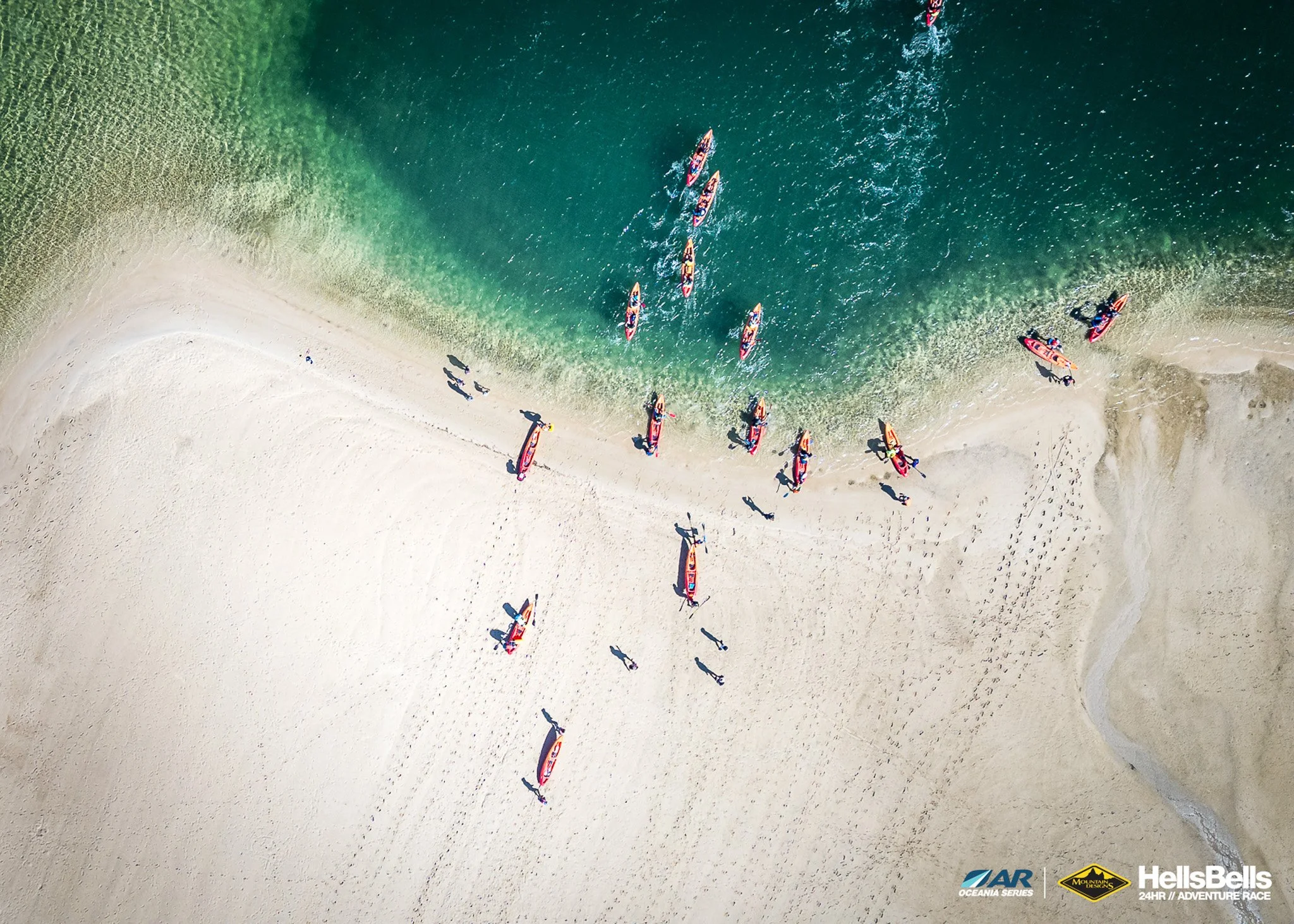Andrew from Broken Compass with a pre-race snack.
Fuelling for Adventure Racing: From 6 Hours to Expedition Length
One of the most overlooked but critical parts of adventure racing is nutrition. Whether you’re lining up for your first 6-hour sprint, tackling a grueling 24-hour challenge, or taking on a multi-day expedition race, the way you fuel your body can make the difference between finishing strong and hitting the dreaded wall.
The challenge? Unlike road marathons or triathlons, adventure racing involves long hours of varied intensity, unpredictable terrain, and limited opportunities to stop and refuel. That means your food strategy needs to be practical, packable, and sustainable for the full duration of your race.
Here’s a quick overview of how nutrition changes as the race clock gets longer:
6-Hour Races – Simple and Familiar
For shorter races, fueling is fairly straightforward. You’ll rely mainly on quick, familiar energy sources like muesli bars, gels, fruit, and electrolyte drinks. You don’t need a huge variety, but consistency is key — aim to eat a little something every 20–30 minutes. Think of it like a long training session: light, easy-to-digest carbs that keep you moving without weighing you down.
24-Hour Races – Real Food + Variety
Once you hit the 24-hour mark, the game changes. Relying only on gels and bars will quickly lead to flavor fatigue and digestive issues. This is where a mix of real food and portable snacks makes a big difference. Sandwiches, wraps, boiled potatoes, jerky, dried fruit, and even instant noodles or soup at transition areas can boost both energy and morale. Pre-packing food into 4-hour bags helps you stay on track and prevents under-eating. Variety is your friend here — rotating flavors and textures keeps you wanting to eat, even when your appetite dips.
Expedition Races – Sustainable and Strategic
For multi-day expedition races, nutrition becomes as much about sustainability as energy. You’ll need heavier meals in transitions (instant rice, pasta, soups, oats, sandwiches) balanced with lightweight, calorie-dense options on the move (trail mix, nut butters, energy chews). Managing sleep, hydration, and gut comfort is just as important as calorie intake. Many racers bring foods that feel like comfort items — coffee sachets, salty broths, or favorite snacks — to keep spirits up when fatigue sets in.
The Takeaway
No matter the distance, the fundamentals remain the same:
Eat early and often — don’t wait until you’re hungry.
Prioritize variety to avoid palate fatigue.
Keep food accessible so you can eat on the move.
Use transition areas for bigger, morale-boosting meals.
Dialing in your nutrition is a skill that takes practice, but it’s also one of the biggest performance advantages you can give yourself.
Next Steps
In the following articles, we’ll dive deeper into specific nutrition strategies for 6-hour, 24-hour, and expedition-length races — complete with sample food plans, packing tips, and real-world advice from the field.
References
Costa, R. J. S., Hoffman, M. D., & Stellingwerff, T. (2019). Considerations for ultra‑endurance activities: Part 1 – nutrition. Research in Sports Medicine, 27(2), 166–181.
Craddock, J. C., Walker, G., Chapman, M., Lambert, K., & Peoples, G. E. (2025). The diet quality of ultramarathon runners taking part in an Australian event: A cross‑sectional study. Nutrients, 17(3), 485.
Zaryski, C., & Smith, D. J. (2005). Training principles and issues for ultra-endurance athletes. Current Sports Medicine Reports, 4(3), 165–170.
Knechtle, B., & Nikolaidis, P. T. (2018). Physiology and pathophysiology in ultra-marathon running. Frontiers in Physiology, 9, 634.








